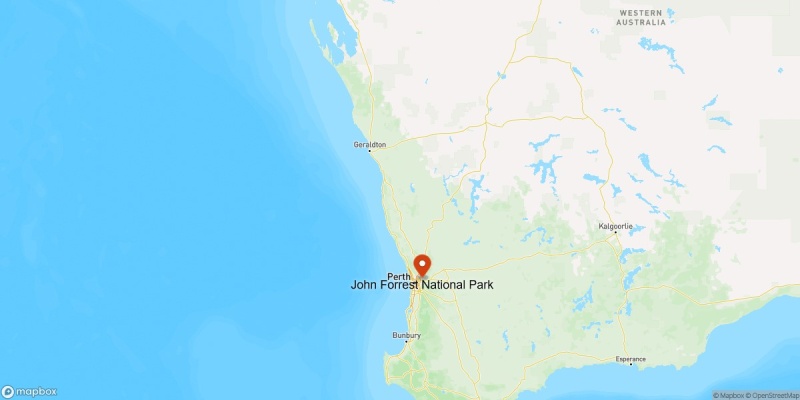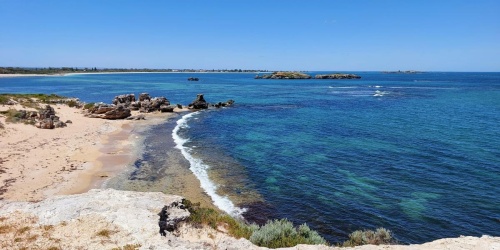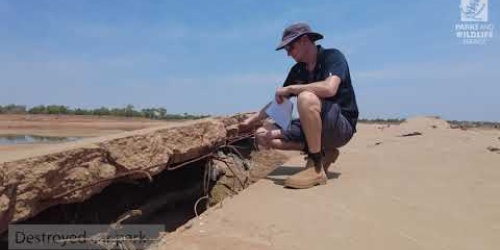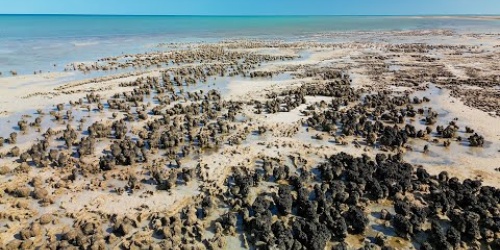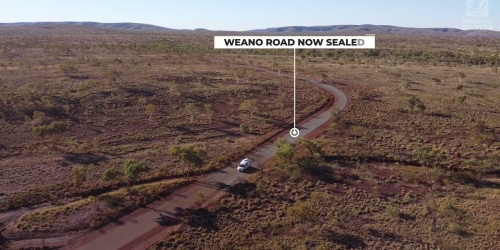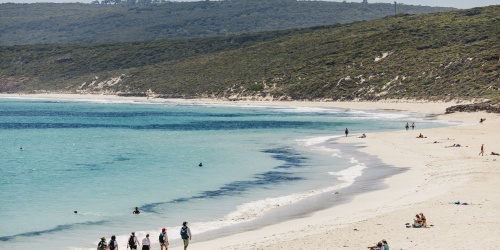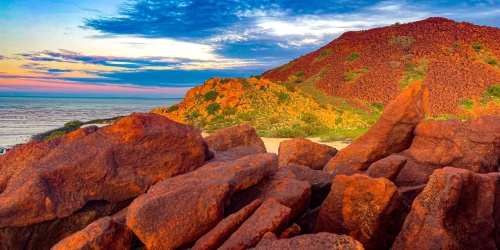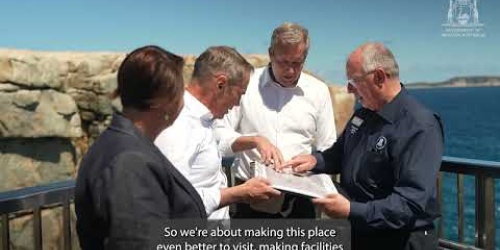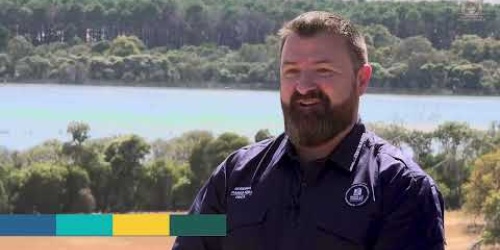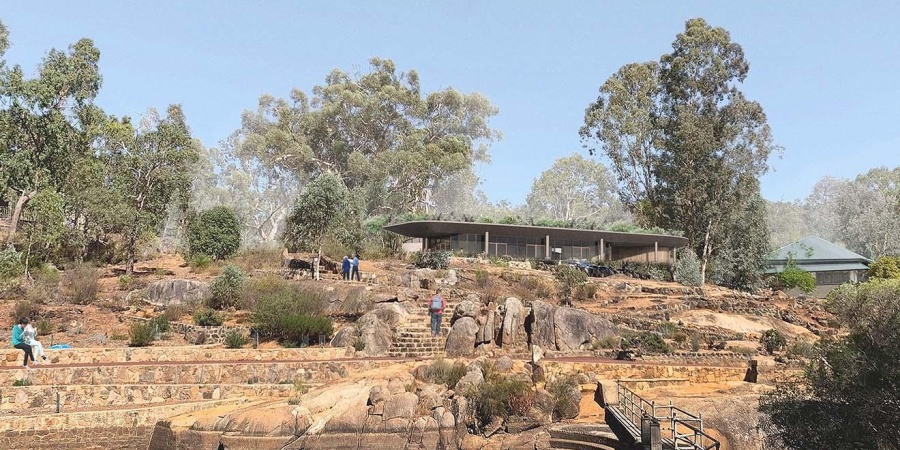
Artist’s impression of Park Hub and Jane Brook
John Forrest National Park is WA’s first national park. It is a popular location for the local community and tourists. However, prior to this improvement project commencing, it had been a long time since any significant improvements were made to the park’s facilities.
The improvements will make the park more accessible to a broader range of visitors and allow more people to enjoy the natural beauty.
The project includes a new Park Hub with a café and interpretation space, improvements to existing picnic areas, gardens, carparking, and improved walking and new off-road cycling trails.
The Department of Biodiversity, Conservations and Attractions (DBCA) has engaged with park users, key stakeholders and Traditional Owners over several years to inform the project.
Work completed
A new day use area, which includes landscaped gardens, accessible picnic and barbecue facilities, and sealed pathways to the future Park Hub complex was completed in February 2024 and is available for visitors to enjoy.
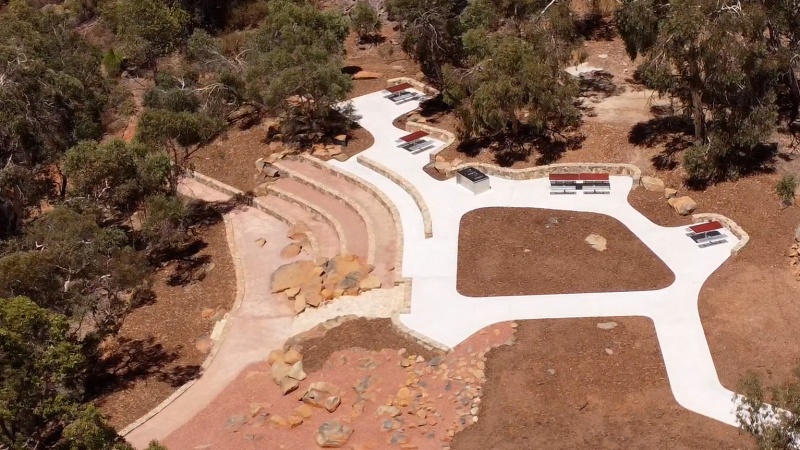
Work underway
Work is underway on a new 730-metre-long access road and carpark which will offer visitors an elevated view over the park to a new dedicated parking area nestled within the natural landscape, amongst the trees and will take visitors to the West Ridge amenities plaza.
Scenic Drive will be closed for the duration of construction of the new access road,carpark and amenities building which are due to be completed in early 2025.
Work has also begun on prefabrication of elements of the Glen Brook elevated walkway that will allow park visitors to walk or cycle between the new West Ridge carpark and the Park Hub. On-site installation will commence in early-2025 and is expected to be completed in mid-2025.

Project designs
The architect and DBCA have worked closely with traditional owners throughout the design phase to ensure cultural heritage values, stories and sites of significance were clearly understood, documented and considered throughout the design process prior to construction.
Providing access to all visitors is an underlying design principle. The buildings, interpretive displays, gardens, carparking and paths around the Park Hub will provide access for all, meaning more people than ever will be able to experience and enjoy the park.
Download schematic designs for John Forrest National Park (PDF 5.8MB)
Park Hub
The Park Hub is located to take advantage of the expansive views overlooking Jane Brook and the redeveloped lower terrace, Margaret Forrest Centre, the restored gardens, the Railway Reserve Heritage Trail and the park to the north.
The Park Hub will be a place where visitors can learn about local Aboriginal history, the history of the park as well as showcase WA’s national park network.
It will include an interpretation space, food and beverage service where visitors can enjoy a dine-in or takeaway meal or drink, and a function space suitable for a broad range of community and private events.
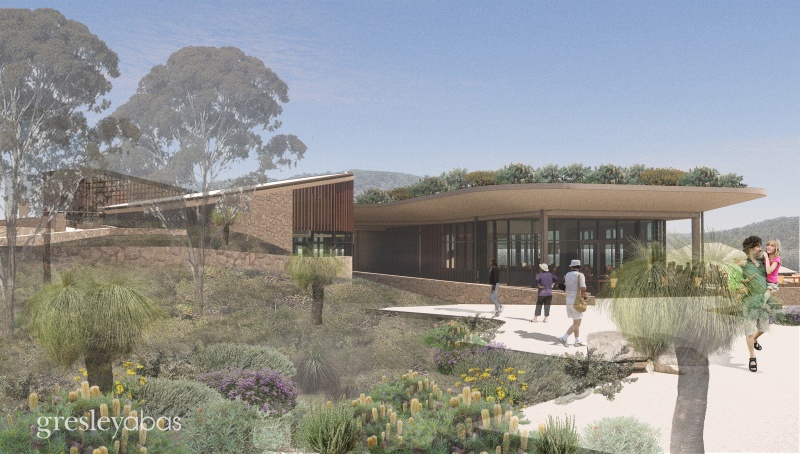
Parking and access
Visitors will be able to enter the park via Scenic Drive (one way), or Park Road. A new 730m access road off Scenic Drive will connect visitors to the new West Ridge carpark area, west of the Park Hub.
The careful design sets the parking area into the landscape, moving the majority of the vehicles from the visitor precinct keeping the footprint to a minimum and maximised tree retention, minimising visual impact and ensuring ease of access to trails and park facilities. The West Ridge carpark will provide for approximately 275 car and long vehicle bays catering for high visitor numbers experienced in busy periods.
The bridge will connect the West Ridge carpark to the Park Hub over Glen Brook. The Glen Brook bridge will be an iconic, architecturally designed bridge meeting 'access for all' requirements. The bridge will include reflection points to absorb the spectacular views and interpretive stories while delivering visitors directly into the Park Hub.
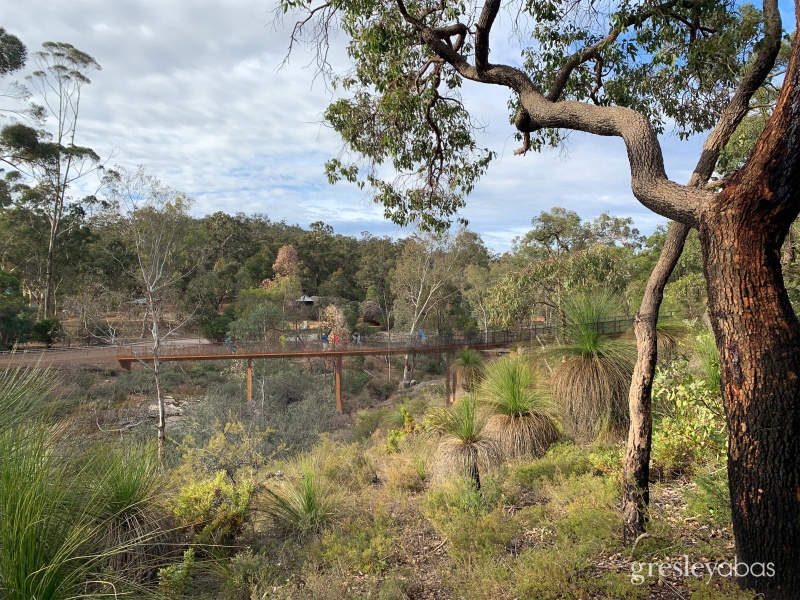
A trailhead with trail information, shade and visitor facilities will be located next to the West Ridge carpark providing direct access to the park’s new and redeveloped trails, including the popular Railway Reserves Heritage Trail.
More parking for ACROD permit holders, and buses, schools and groups will be provided immediately adjacent to the Park Hub ensuring visitors with the greatest mobility access needs are catered for.
Landscaping and gardens
Landscaped areas adjacent to the Park Hub will include botanical and demonstration gardens, terraced spaces for events accessible picnic areas, nature and sensory play.
A six-seasons cultural garden to the west of the Park Hub has been proposed in consultation with traditional owners, and will include informal and mixed planting to educate visitors on the bush landscape it emulates featuring species endemic to the park and the Darling Scarp.
The Park Hub roof terrace will showcase additional plants in a controlled and accessible environment while assisting to passively cool the building below.
The terraced spaces and accessible picnic area, to the east of the Park Hub on the site of the former tavern, will provide a diverse outdoor event space where landscape and culture can be interpreted through performances.
The terrace to the north of the Park Hub, including the Margaret Forrest Centre, will be a multi-functional, landscaped outdoor area able to host large events and group gatherings. The terrace will be constructed around soft landscaping and shade.
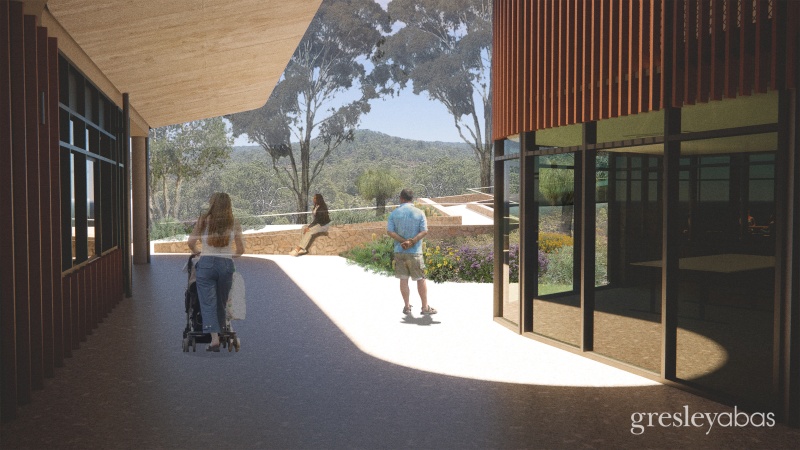
Trail improvements
Upgrades to hiking trails and a new off-road cycling and trail running adventure trail have recently been completed thanks to $2.5 million in WA Recovery Plan funding.
The new Noolbenger off-road trail has opened and is being well utilised by cyclists and trail runners. The shared use trail is a 16km-long, cross country style adventure trail that traverses a wide range of terrain with scenic vistas, granite outcrops and seasonal brooks.
Although classified ‘easy/green’, a good fitness level is needed for some of the longer climbs, though riders are rewarded with extended, flowy descent.
For riders and runners not wanting to do the full 16km loop, the trail can be split into two shorter loops, both about 10km in length.
The upgraded trail network includes trails suitable for all ages, fitness levels and abilities, including 10km of new class 3 and 4 hiking trails. Sections of the Eagle View, Christmas Tree Creek and Wildflower walks have been permanently realigned to improve trail sustainability, safety and walking experience.
The new 8km Little Eagle hiking loop weaves though impressive Wandoo woodland and takes visitors to areas of the park that were previously rarely visited. It has spectacular views over the Jane Brook catchment.
Other improvements include the sealing of the Jane Brook promenade loop and upgrades to the Glen Brook trail including new steps, foot bridges and drainage which have improved the walking experience and reduce long-term maintenance requirements. The 2.6km trail extension increases the total length of the Glen Brook trail to 4.4km.
Long-term sustainability has been key in designing and building the new trails in John Forrest National Park. Trail alignments were carefully selected to minimise impacts on natural and cultural values, and constructed by professional trail builders in accordance with Western Australian mountain bike and hiking guidlines.
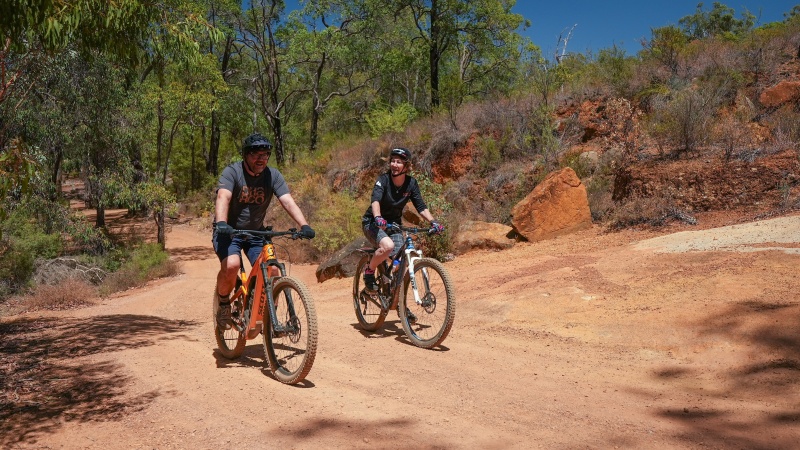
FAQs
Will vegetation be removed to construct the new entry road and carpark?
Some vegetation will be removed to allow for construction of the access road and carpark. However, through detailed arboriculture assessments and engineering designs, the road and carpark have been designed to minimise vegetation loss and mature trees will be preserved.
What will happen to the wood from all the trees removed?
All timber from removed trees will be retained in the park and utilised for fauna habitat, as features or form barriers to protect against erosion, and access management.
What consultation was done with traditional owners?
The architect, Gresley Abas, and DBCA ran a series of four traditional owner consultation workshops between February and May 2022 to fully understand the cultural heritage values, stories and sites of significance and ensure they were reflected in the schematic designs and in interpretation opportunities.
An Aboriginal heritage site survey and report was also completed to ensure no sites of significance would be disturbed.
What public consultation occurred and did the public have a chance to comment on the designs?
DBCA engaged with park users, key stakeholders and traditional owners over several years while planning this project. Feedback from visitor surveys also informed the department’s planning and vision for John Forrest National Park.
The initial schematic designs were publicly released on 8 June 2022 and a period of public comment was open until 29 July 2022. Public comments were collated and provided to the consultant for consideration in the next phase of design.
Media statements
Contract awarded for new bridge at John Forrest National Park
New hospitality outlet to be part of John Forest National Park hub
New trails and amenities open at John Forrest National Park
Work begins on transformation of WA's first national park
Architect appointed for enhancement of WA's oldest park
First look at upgrades planned for John Forrest National Park
Contact the project team
Perth Hills District
275 Allen Road MUNDARING 6073
Phone (08) 9290 6100
Fax (08) 9290 6101
Email mundaring@dbca.wa.gov.au
